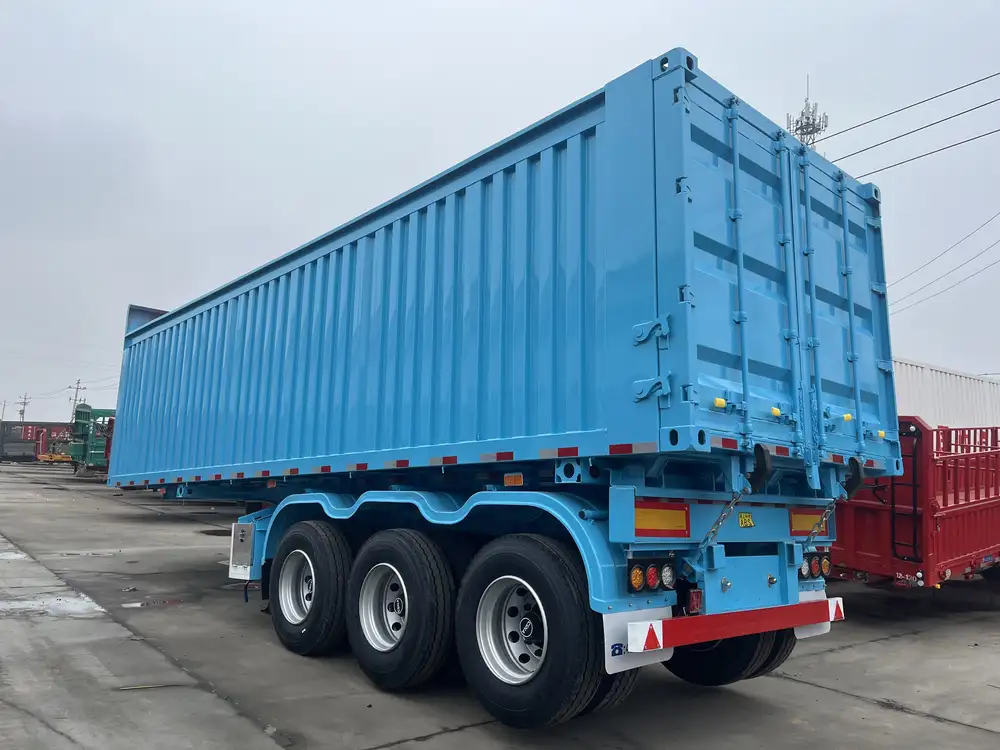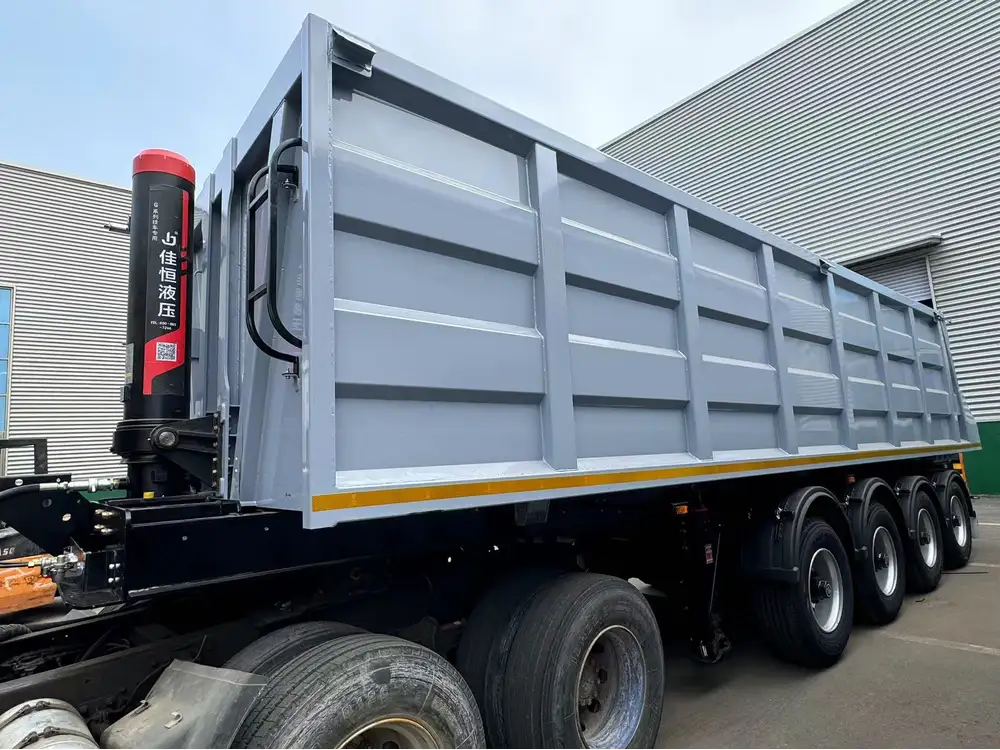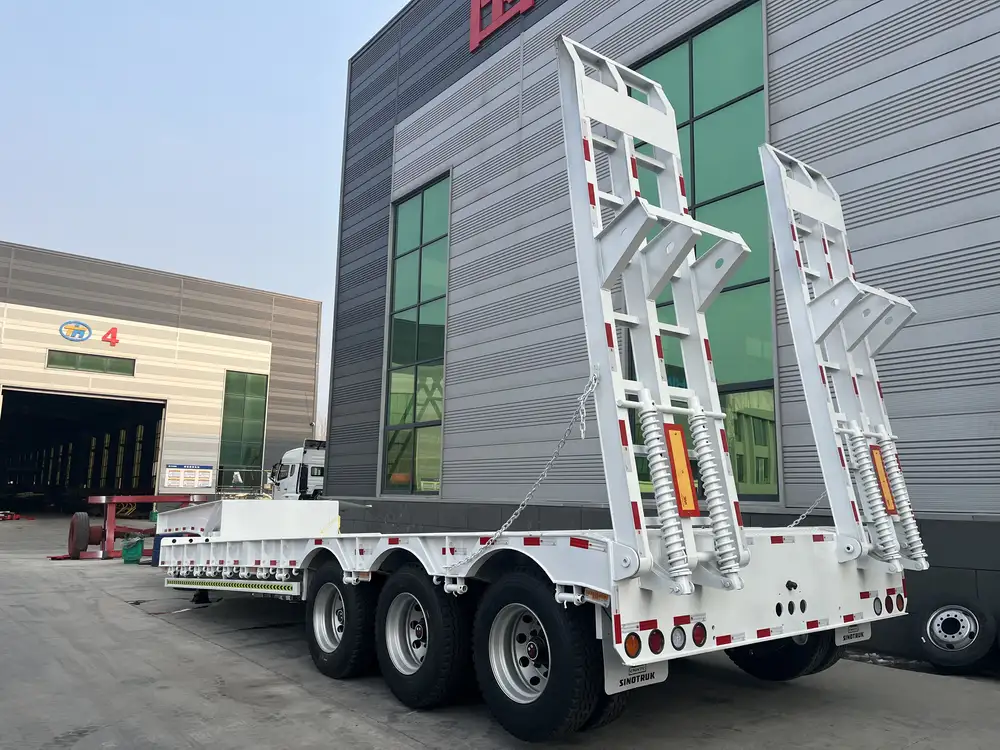Overview of Fuel Tank Sizes on Semi-Trucks
When it comes to the transportation industry, efficiency is paramount. A critical element that affects operational efficiency, cost-effectiveness, and overall performance is the size of fuel tanks on semi-trucks. The dimensions and capacities of fuel tanks can vary significantly, impacting everything from route planning to refueling strategies.
| Fuel Tank Type | Typical Capacity (Gallons) | Dimensions (L x W x H) |
|---|---|---|
| Standard Tank | 100 – 150 | 60″ x 24″ x 12″ |
| Large Tank | 150 – 200 | 70″ x 24″ x 14″ |
| Dual Tank System | 200 – 300 | 70″ x 48″ x 14″ |
Factors Influencing Fuel Tank Size
Selecting the appropriate size of a fuel tank is essential for several reasons. Various factors impact this decision, including:
Compliance Regulations: Different jurisdictions have regulations that dictate maximum allowable tank sizes.
Weight Limitations: Federal and state weight limits require careful consideration of fuel tank capacity to avoid excess weight.
Route Optimization: Longer hauls may necessitate larger tanks for fewer refueling stops.
Frequent Stops: Routes with numerous scheduled stops might prefer smaller tanks for weight considerations.
Type of Freight: The nature of the cargo can dictate the configuration and size needed for optimal efficiency.

Capacity Variations: A Closer Look
Fuel tanks on semi-trucks can vary in capacity from small, single-tank systems to large, dual-tank configurations that enhance range. Below is a deeper exploration into these variations:
Single Tank Systems
Most semi-trucks typically come equipped with a single fuel tank system. This standard setup usually has a capacity ranging from 100 to 150 gallons.
- Advantages:
- Simplicity in design and installation.
- Easier to maintain and replace.
- Disadvantages:
- Limited range compared to dual-tank systems, necessitating more frequent stops.
Dual Tank Systems
Many high-capacity semi-trucks deploy dual-tank systems, allowing operators to significantly extend their range without needing to refuel.
- Advantages:
- Enhanced hauling capacity, translating to lower per-mile fuel costs.
- Cuts down on downtime from refueling, allowing for longer continuous runs.
- Disadvantages:
- Heavier overall weight, which could potentially bring a truck closer to maximum weight limits.
- More complex maintenance and replacement requirements.

Calculating Fuel Range Based on Tank Size
Understanding how to calculate the expected fuel range based on tank size is crucial for any fleet operator. Here’s a straightforward formula to estimate range:
[ \text{Range} = \left( \frac{\text{Tank Capacity (gallons)} \times \text{Miles per Gallon (mpg)}}{\text{Fuel Consumption}}\right) ]Example Calculation
Consider a semi-truck equipped with a 150-gallon fuel tank capable of achieving 6 miles per gallon:
[ \text{Range} = 150 \text{ gallons} \times 6 \frac{\text{miles}}{\text{gallon}} = 900 \text{ miles} ]This calculation illustrates just how important fuel tank size is in determining a semi-truck’s operational efficiency.
Fuel Tank Construction: Material and Design
The design and material composition of fuel tanks play a pivotal role in safety, durability, and performance.

Common Materials Used
- Aluminum: Lightweight, resistant to corrosion, and offers a favorable strength-to-weight ratio.
- Steel: Generally heavier, offering durability but susceptible to rust unless treated.
- Polyethylene: Lightweight and resistant to corrosion and impacts, often used in smaller applications.
| Material | Advantages | Disadvantages |
|---|---|---|
| Aluminum | Lightweight, corrosion-resistant | Higher initial cost |
| Steel | Extremely durable | Heavier, prone to rust |
| Polyethylene | Lightweight, impact-resistant | Less durable than metal tanks |
Design Features That Enhance Functionality
- Baffles: These internal structures help minimize fuel movement, improving stability by reducing sloshing during transit.
- Sump Drains: Designed to filter out any sediment that might accumulate at the tank bottom, ensuring engine efficiency.
- Integral Fuel Lines: Many modern tanks come equipped with built-in lines that help decrease the risk of leaks.
Addressing Common User Queries

What Factors Should Influence My Fuel Tank Choice?
- Haul Distance: For long hauls, optimal fuel tank capacity is essential to minimize refueling stops.
- Vehicle Weight: Careful calculations may be needed to adhere to weight restrictions.
- Cost per Mile: A larger tank can often help reduce refueling frequency, lowering operational costs.
Is There a Maximum Tank Size for My Vehicle?
While there are no universal tank size limits, each truck class aligns with specific weight limits codified by the Department of Transportation. Always verify with local regulations to ensure compliance.
Fuel Efficiency: Best Practices
Enhancing fuel efficiency is an ongoing concern for operators in the trucking industry. Here are some strategies to consider:
- Regular Maintenance: Keeping engines and fuel systems in optimal condition can dramatically improve fuel consumption.
- Fuel Type Selection: Opting for high-quality diesel fuels can enhance combustion efficiency.
- Training Drivers: Educating drivers on fuel-efficient driving techniques can lead to significant gains in mileage.

Summary of Fuel Efficiency Tips
| Tip | Description |
|---|---|
| Regular Maintenance | Schedule thorough inspections and repairs. |
| Fuel Type Selection | Choose premium diesel for better performance. |
| Driver Training | Implement eco-driving courses for staff. |
Conclusion: Making Informed Decisions
Choosing the appropriate fuel tank size for semi-trucks is critical for operational efficiency, driving costs, and vehicle performance. Understanding the variations in tank sizes, types, and construction materials enables fleet operators to make informed decisions that align with their specific needs. Utilizing the knowledge gained in this article, trucking businesses can optimize their strategies and ultimately enhance their bottom line.
Adopting strategies to maximize fuel efficiency not only translates to economic benefits but also contributes to a more sustainable transportation future. By making well-informed decisions concerning fuel tank sizing, trucking companies can pave the way for improved operations, reduced environmental impact, and increased profitability in an increasingly competitive landscape.
With fuel tank considerations clear and precise, fleet operators can now confidently navigate their choices, ensuring they have the optimal configuration for their operational demands.



